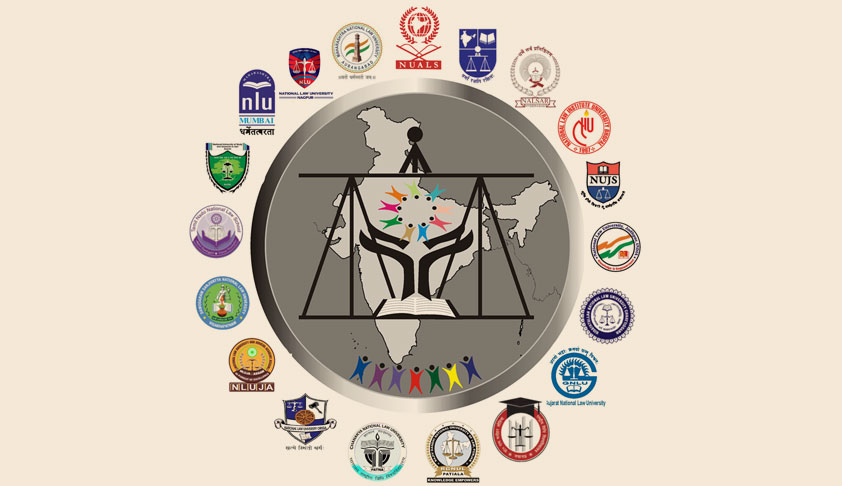CLAT 2018(UG) Paper Analysis
LegalEdge
13 May 2018 5:17 PM GMT

If there's one thing more consistent than the sun coming up, it's the CLAT authorities screwing up the CLAT paper. This year was no different. Unresponsive monitors, wasted time, mouses not working properly and very very rude invigilators presented themselves to close to 60k CLAT aspirants, who had toiled for hours and hours everyday, for the past few months, in some cases even 2 years, to crack this paper. In the history of controversies-ridden CLAT papers, this paper, solely due to its execution, would have a special place of its own.
Coming to the actual paper, CLAT this year was a tad bit less easier than CLAT 2017. Most of the questions, across all sections, which were asked were on predictable lines and there weren't many experiments done here. Here's a section wise analysis:
English: On predictable lines, there was one Reading Comprehension passage, questions on Cloze Test, Synonyms, Summary and even a few Critical Reasoning questions found their way here. The questions weren't very challenging and the overall English section was easy-to-moderate.
GK: Again, on predictable lines, most of the questions were from Current Affairs. There were questions from National news, International news, Sports, Science, Awards etc. There were even a few Static GK based questions, spread across History, Science and Technology. The difficulty level of this section was also low as most of the questions were fairly straightforward.
Legal Aptitude: The easiest section of the lot, it contained close to 35 Legal Reasoning questions, with fairly simple and straightforward principles and simple facts. There were also a few questions on Legal Knowledge, most of which were based on Constitution. A score of around 36-37 can be considered as a safe score for this section.
Logical Reasoning: A little trickier than others, it contained three puzzles, of which one was genuinely very difficult for even serious aspirants to crack. Wiser students would not have wasted a lot of time on this Puzzle. Other components of this section were Blood Relations, Course of Action, Syllogisms, Odd One Out, Coding-Decoding etc. Thus, there were a few questions from pretty much each prominent Logical Reasoning topic. The Puzzles are what made this section a little difficult than others. A score of around 25-26 in this section would be a good score.
Mathematics: This was, to the astonishment of many CLAT aspirants, the lengthiest section of the lot. However, it wasn't as difficult as a few students made it out to be. Questions were asked from Percentages, Simplification, Averages, Algebra, Number System etc. Students who had managed their time well in the other four sections would have had a natural advantage in Mathematics. A score of over 8-9 would be a good score for this section.
Overall, as stated above, this year's CLAT paper wasn't too difficult, barring a few questions, and the cutoff can be expected to increase from last year. Considering the general drop in the level of difficulty of the overall paper, the predicted cutoff for the first three colleges (NLSIU, NALSAR and WBNUJS) should be around 130. An ideal number of attempts in this paper would be over 158-160.
LegalEdge Tutorials (www.legaledge.in)

